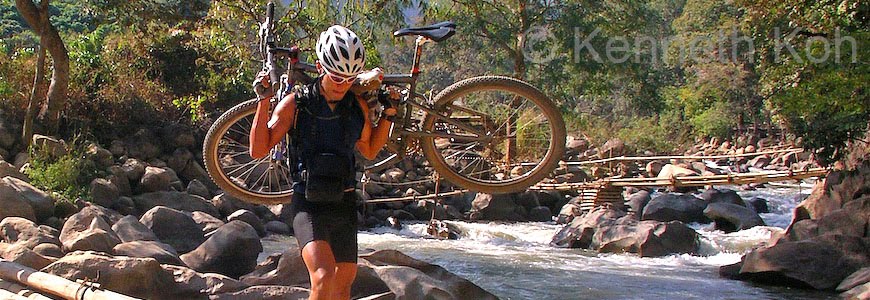 Last Light at Manvar, Rajasthan. Nikon D300, 18-200mm, 1/500, f/8, ISO 200.
Last Light at Manvar, Rajasthan. Nikon D300, 18-200mm, 1/500, f/8, ISO 200.India is a land of striking contrast where the rich and the poor, the spiritual and the corrupt, and the powerful and the hopeless live side by side. The plight of the poor can be heart wrenching, and it can be difficult to look beyond the poverty and the filth to see the beauty that India has to offer.
 Goatherd and Son, Delhi, India. Nikon D300, 50mm f/1.4G, 1/80, F/4, ISO 200.
Goatherd and Son, Delhi, India. Nikon D300, 50mm f/1.4G, 1/80, F/4, ISO 200.I’ve just returned from India, where my wife and I managed to organize a two-week ‘custom’ photography tour of Rajasthan. Trinetra Tours India was the company that organized our trip. They asked what we wanted, then arranged our itinerary, accommodation, and a car and driver to accompany my wife and I through Rajasthan. It wasn’t cheap, but for what we were given, I’d say it was fair value and I would recommend Trinetra Tours for anyone looking to do the same.
 Woman at Bazaar, Jodhpur, Rajasthan. Nikon D300, 18-200mm, 1/160, f/5.6, ISO 200.
Woman at Bazaar, Jodhpur, Rajasthan. Nikon D300, 18-200mm, 1/160, f/5.6, ISO 200.Itinerary
We covered some big Rajasthani cities: Jaipur, Jodhpur and Udaipur, but skipped Jaisalmer on the western edge of Rajasthan. We found the most rewarding photography was getting off the main street in the smaller villages like Luni, Manvar, Pushkar, and Deogarh.
 Drought. Nikon D300, 12-24mm, 1/640, f/13, ISO 400.
Drought. Nikon D300, 12-24mm, 1/640, f/13, ISO 400.Accomodation
One of the highlights of the trip was the unique accommodation and ‘heritage’ hotels arranged by Trinetra Tours: we spent our nights in restored mansions (called Havelis), palaces, forts and even one night in a luxury tent complete with flush toilet and hot shower.
 Deluxe Room at Fort Chanwa, Luni, Rajasthan.
Deluxe Room at Fort Chanwa, Luni, Rajasthan.These ‘heritage’ hotels are an initiative of the Tourism Ministry, and in drought stricken Rajasthan, are helping to save the villages by providing jobs and a much needed boost to the economy.
 Through the Windscreen, somewhere on the road, Rajasthan.
Through the Windscreen, somewhere on the road, Rajasthan.Car and Driver
Determining right of way in India seems to be a blend of vehicle type, size, speed, and aggressiveness of the driver. Even Indians don’t get it right all the time, and I’ve seen the aftermath of some horrific accidents. I can’t imagine trying to drive in India, and so getting a car and driver for the duration of the tour is a must… or else take the bus.
One of the biggest assets during our trip was the driver. With a good driver who speaks English, you can save some money and do without a guide if you are prepared to do a little homework.
 Schoolboy Waving, Luni, Rajasthan. Nikon D300, 18-200mm, 1/80, f/7.1, ISO 200.
Schoolboy Waving, Luni, Rajasthan. Nikon D300, 18-200mm, 1/80, f/7.1, ISO 200.Equipment
Nikon D300 body, 12-24mm, 18-200mm, 50mm f/1.4G, SB 600, tripod.
If I could do it over, I’d bring the Speedlight, my D300 with the 12-24mm, and a second body: most likely a Nikon D700
- This post has been featured on Trip Advisor:




































